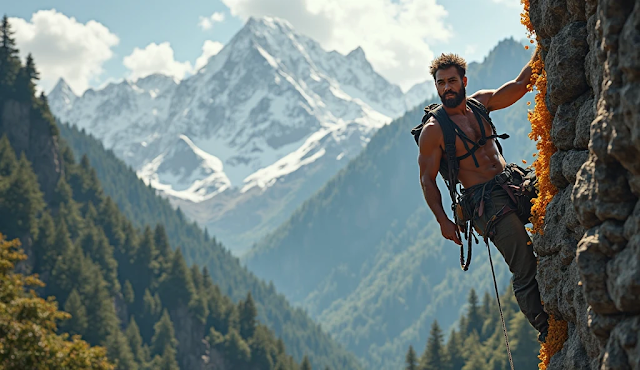Mountaineering has evolved from a dangerous pursuit of the unknown to a well-established adventure tourism industry, particularly in Nepal. This comprehensive look at the history of mountaineering traces its development from early European explorations to today's commercial expeditions.
Early Beginnings (Pre-1800s)
The earliest documented mountaineering activities were not for recreation but rather for scientific and strategic purposes. In 1492, Antoine de Ville made the first recorded technical climb of Mont Aiguille in France under the orders of King Charles VIII [Source: Alpine Journal, www.alpine-club.org.uk].
The Golden Age of Alpinism (1854-1865)
This period marked the first systematic approach to mountaineering as a sport. British climbers, led by figures like Edward Whymper, made numerous first ascents in the Alps. The most notable achievement was the first ascent of the Matterhorn in 1865, though it ended tragically with four climbers losing their lives during descent.
Development of Mountaineering in Nepal
Nepal's mountaineering history began relatively late due to its closed borders until 1950. However, once opened, the country quickly became the center of high-altitude mountaineering:
- 1953: The first successful summit of Mount Everest by Tenzing Norgay and Edmund Hillary.
- 1960: Establishment of the Nepal Mountaineering Association.
- 1978: First solo ascent of Everest without supplemental oxygen by Reinhold Messner.
Modern Mountaineering Tourism in Nepal
Today, Nepal hosts thousands of mountaineering tourists annually. The industry has grown from:
- 20 expedition permits in 1949 to over 1,600 permits in 2019 [Source: Nepal Tourism Board].
- Contributing approximately $300 million to Nepal's economy annually.
- Creating employment for over 50,000 people directly and indirectly.
Recommendations for Sustainable Mountaineering Tourism Development
Infrastructure Development
- Improve access roads to base camps.
- Develop better communication systems.
- Establish more high-altitude rescue facilities.
Training and Education
- Enhance guide certification programs.
- Implement mandatory safety briefings.
- Develop specialized training centers for high-altitude climbing.
Environmental Protection
- Implement strict waste management policies.
- Limit the number of permits during peak seasons.
- Encourage eco-friendly climbing practices.
Community Involvement
- Ensure fair compensation for local porters and guides.
- Promote community-based tourism initiatives.
- Support local infrastructure development.
Current Challenges and Solutions
Environmental Impact
- Solution: Implement "cash deposit for trash" systems, mandate use of biodegradable materials, and conduct regular cleaning expeditions.
Safety Concerns
- Solution: Stricter permit requirements, improved weather monitoring systems, and enhanced rescue capabilities.
Overcrowding
- Solution: Implement permit quotas, develop alternative routes and peaks, and spread climbing seasons.
Frequently Asked Questions
Q: When did mountaineering begin in Nepal?
A: Organized mountaineering in Nepal began after 1950 when the country opened its borders to foreigners.
Q: What was the first major peak climbed in Nepal?
A: Mount Everest was the first major peak successfully climbed in Nepal in 1953.
Q: How has mountaineering tourism affected Nepal's economy?
A: Mountaineering tourism has become a major economic contributor, generating hundreds of millions in revenue and creating thousands of jobs.
Future Outlook
The future of mountaineering tourism in Nepal looks promising with:
- Increasing interest in adventure tourism.
- Development of new climbing routes.
- Implementation of sustainable practices.
- Growing focus on safety and environmental protection.
Conclusion
The history of mountaineering, particularly in Nepal, represents a remarkable journey from early exploration to modern adventure tourism. As the industry continues to evolve, focusing on sustainable development, safety, and environmental protection will be crucial for its long-term success.
For aspiring mountaineers and tourism stakeholders, understanding this history is essential for appreciating the sport's development and ensuring its sustainable future. Nepal's unique position in mountaineering history and its continued role as a premier destination for high-altitude climbing make it an invaluable case study in the development of adventure tourism.






0 Comments